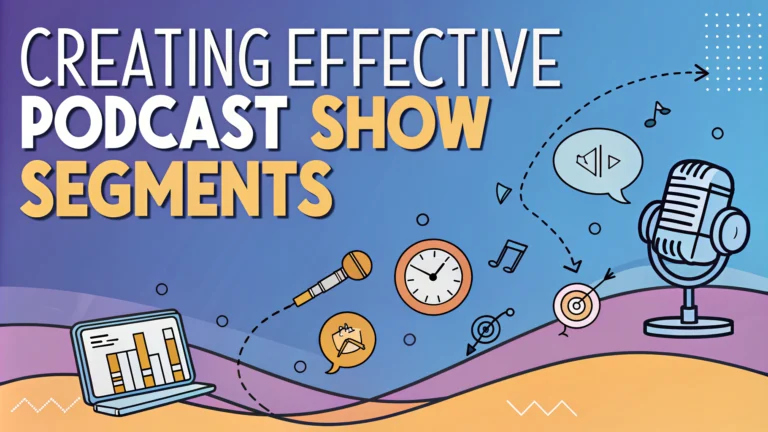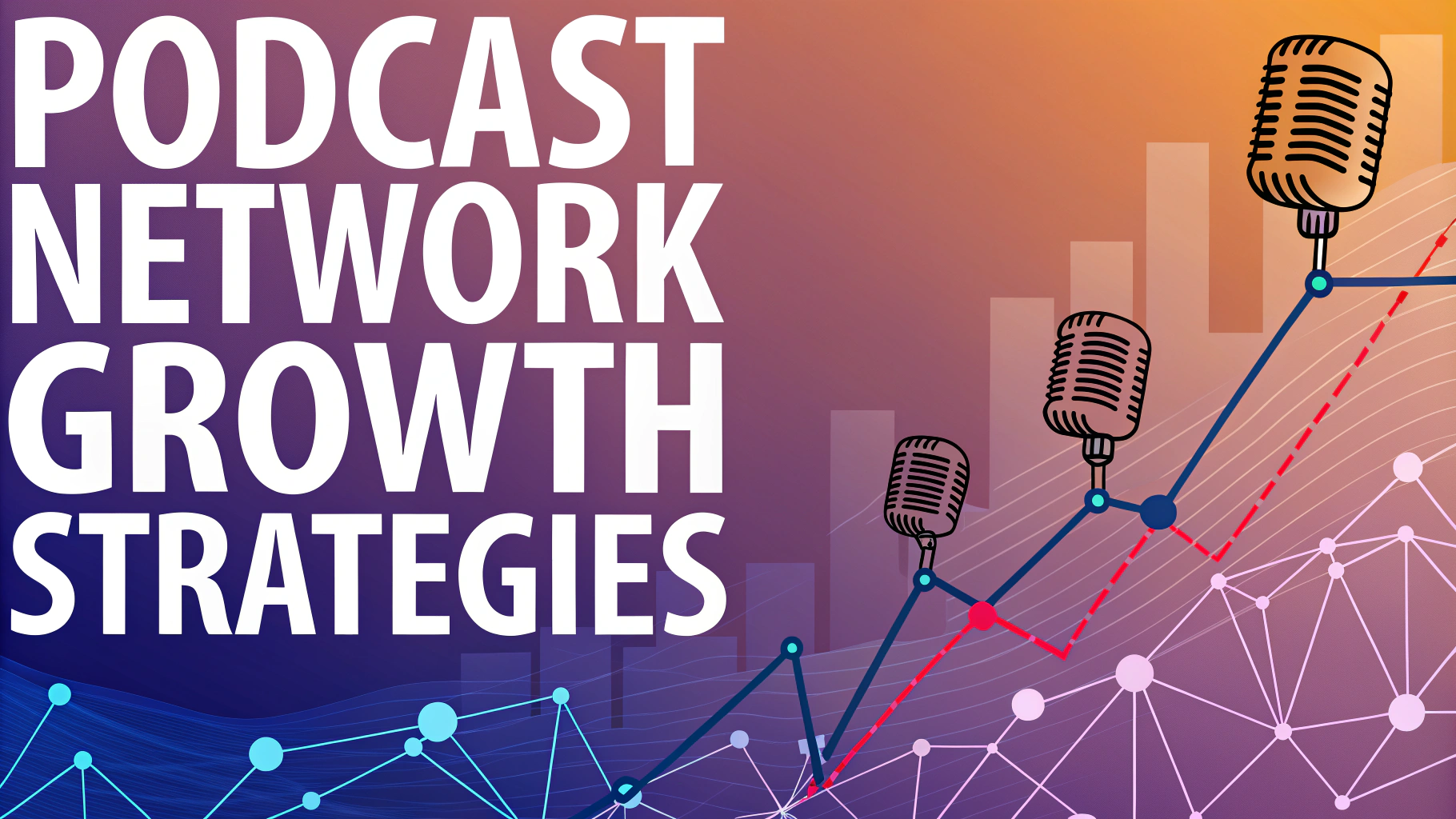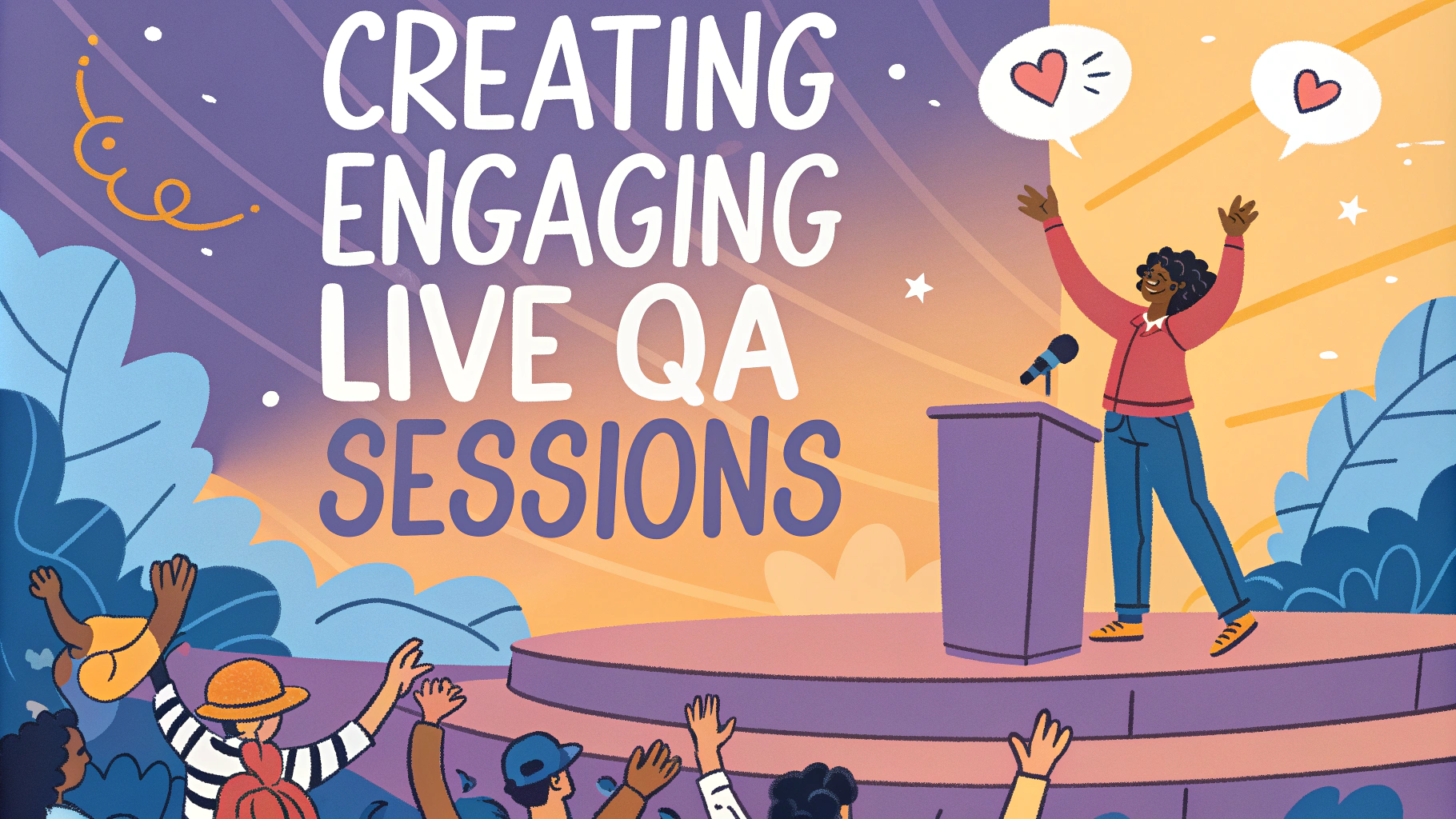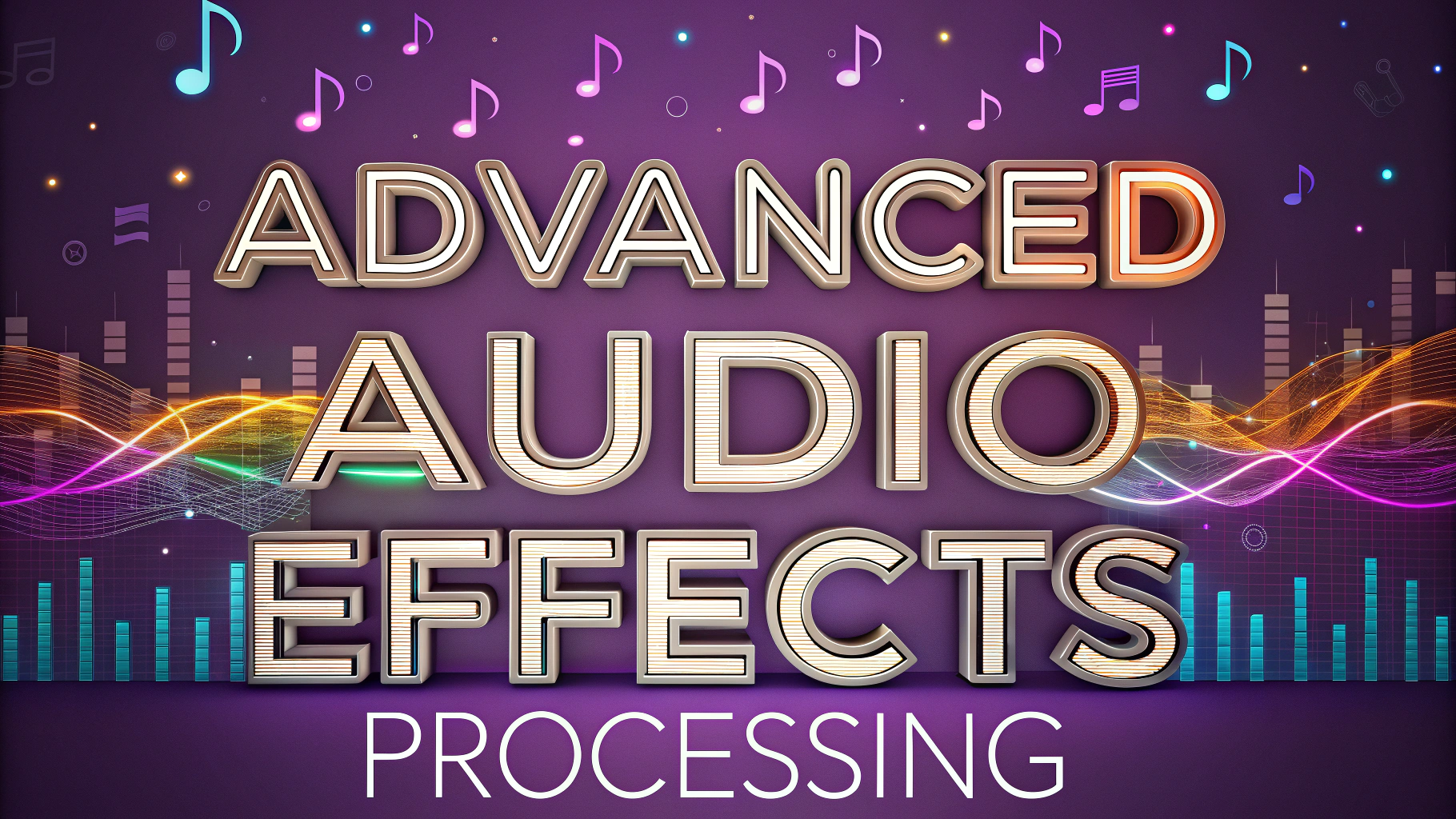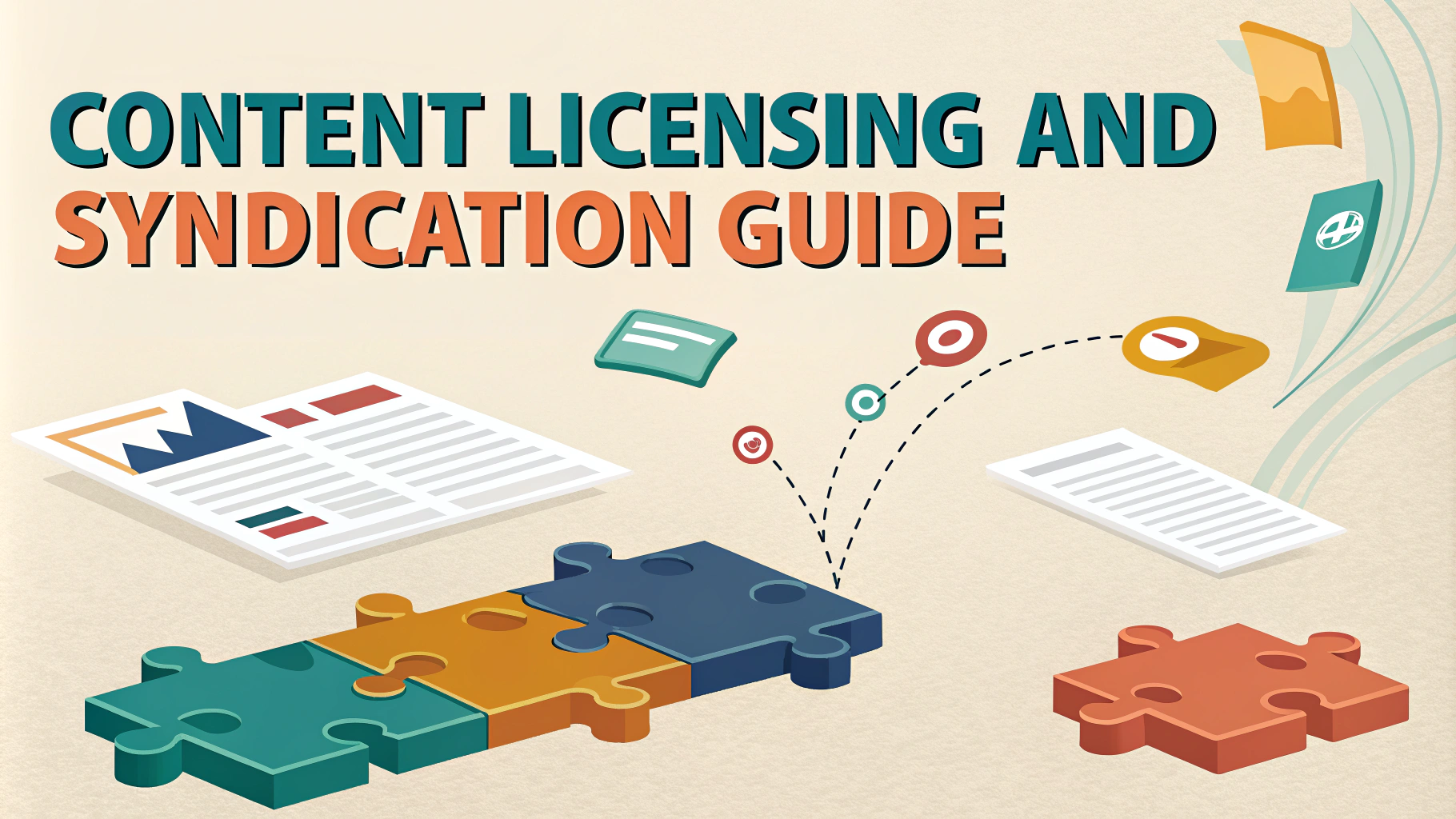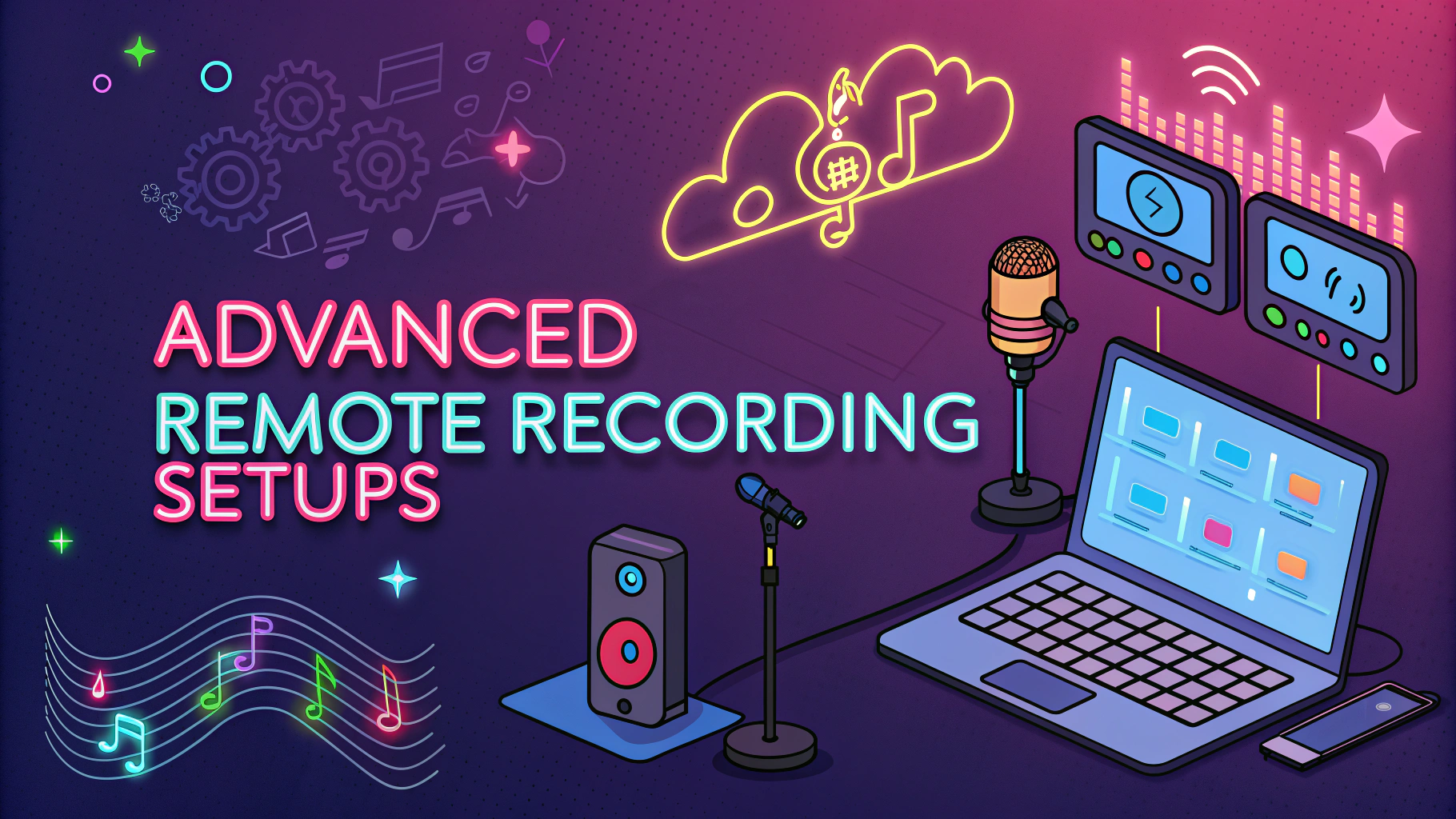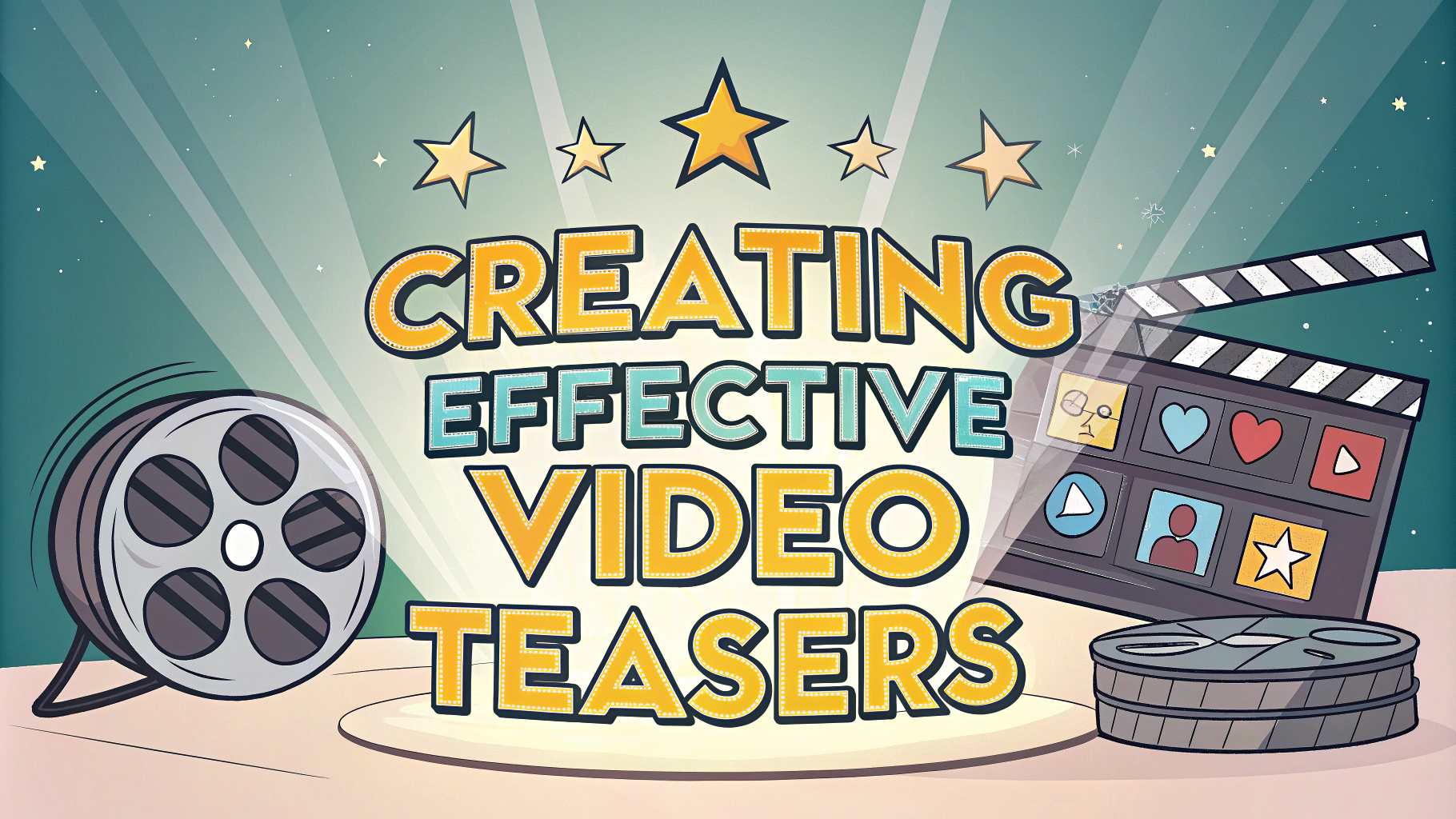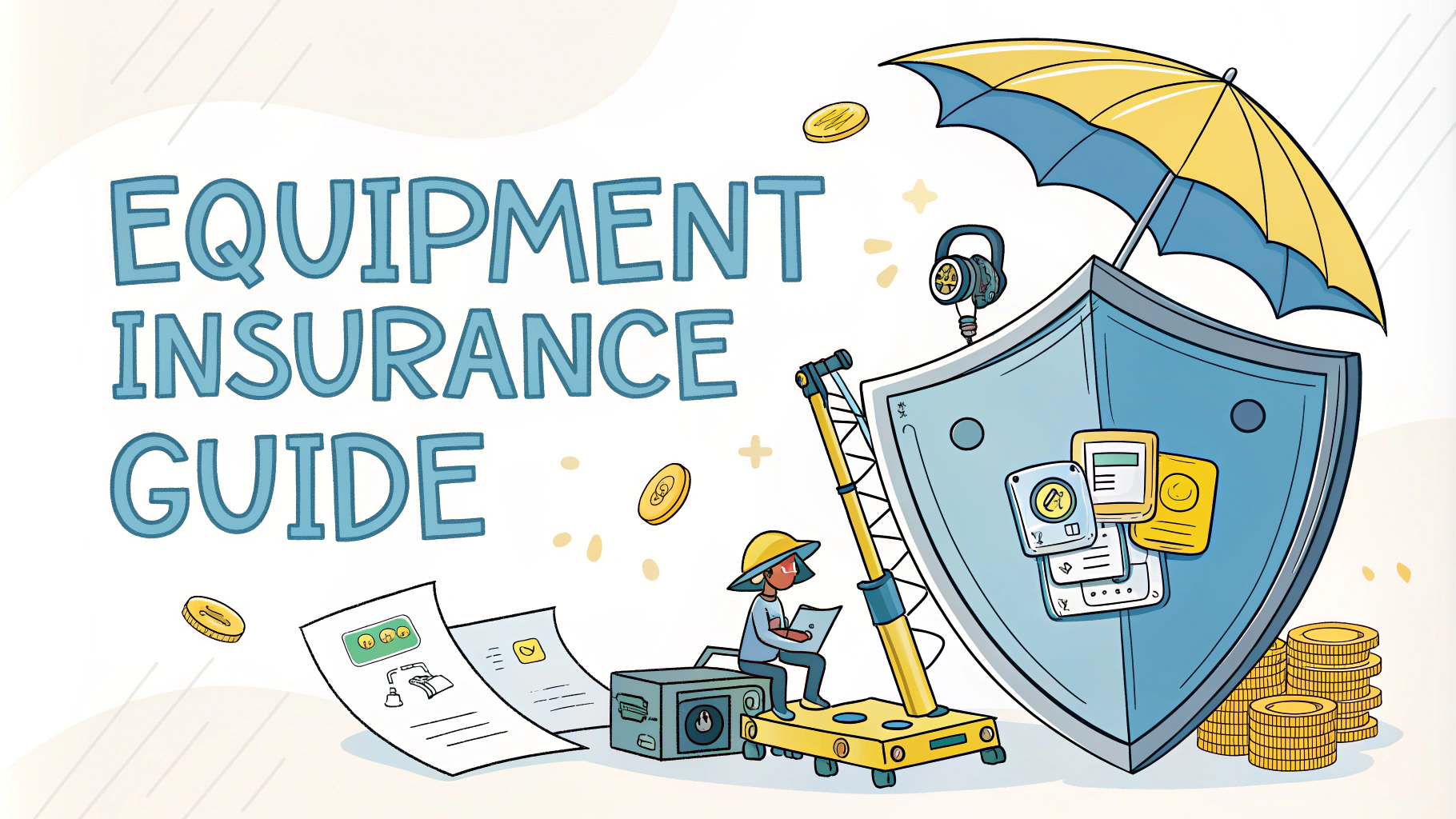Show segments help structure your podcast episodes and keep listeners engaged through organized, bite-sized content sections.
Well-designed segments create a familiar rhythm that audiences come to expect and appreciate, making your show more professional and easier to follow.
This guide explores proven segment types and formatting approaches to enhance your podcast’s flow and listener experience.
Essential Podcast Segments
- Show Introduction – Brief welcome and episode overview
- Main Content/Interview – Core topic discussion or guest conversation
- News/Updates – Industry news or show announcements
- Q&A Section – Listener questions and expert answers
- Tips & Takeaways – Actionable advice segment
- Sponsor Messages – Advertising breaks
- Show Outro – Wrap-up and next episode teaser
Timing Your Segments
The ideal segment length varies between 3-7 minutes to maintain attention without rushing through content.
| Segment Type | Recommended Duration |
|---|---|
| Intro | 30-60 seconds |
| Main Content | 15-20 minutes |
| Sponsor Break | 60-90 seconds |
| Q&A | 5-7 minutes |
| Outro | 30-60 seconds |
Creating Segment Transitions
- Use consistent audio cues or music beds
- Create verbal bridges between topics
- Maintain energy levels across transitions
- Keep transition lengths under 5 seconds
Popular Segment Formats
News Roundup: Quick updates on industry developments and trending topics.
Deep Dive: Detailed exploration of a single topic or concept.
Lightning Round: Rapid-fire questions or quick tips section.
Case Study: Real-world examples and success stories.
Resource Spotlight: Helpful tools, books, or websites recommendations.
Technical Tips for Segment Production
- Record segments separately for easier editing
- Use audio markers to identify segment boundaries
- Maintain consistent volume levels across segments
- Save transition effects as templates for quick access
- Create segment-specific mixing presets
Enhancing Your Show Structure
Document your segment format in a show bible for consistency across episodes.
Test new segments for 3-4 episodes before deciding whether to keep them.
Collect listener feedback about segment preferences through social media polls or email surveys.
Track segment timing and adjust lengths based on audience engagement metrics.
Next Steps for Implementation
Start by selecting 2-3 core segments that align with your show’s goals and audience needs.
Create a simple segment template using free audio editing software like Audacity.
Join podcast communities like r/podcasting to share segment ideas and get feedback.
Building a Content Calendar
Plan segments at least 4-6 episodes ahead to maintain consistency and quality.
Create a content matrix that maps segments to specific episode themes and guest appearances.
- Schedule recurring segments on specific episode numbers
- Reserve flexible slots for timely content
- Plan seasonal or special event segments
- Rotate segment types to maintain variety
Measuring Segment Success
Key Metrics to Track
- Listener retention during specific segments
- Social media mentions of segment content
- Direct feedback through comments
- Download numbers for episodes with new segments
Advanced Segment Strategies
Develop signature segments that become synonymous with your show brand.
Create cross-episode story arcs that span multiple segments.
- Serialize complex topics across episodes
- Build anticipation with cliffhanger endings
- Reference past segments to create continuity
- Develop recurring characters or themes
Elevating Your Podcast Impact
Well-structured segments transform casual listeners into dedicated followers by providing consistent, quality content they can rely on.
Experiment with your format while maintaining core elements that resonate with your audience.
Remember that the best segment structure is one that serves both your content goals and listener needs while remaining sustainable for long-term production.
- Keep detailed notes on what works
- Stay flexible with format adjustments
- Build on successful elements
- Always prioritize content quality over rigid structure
FAQs
- What are the most common types of podcast segments?
Intro/theme music, host introduction, main content discussion, guest interviews, news roundups, listener questions, sponsored messages, and outro segments. - How long should podcast segments typically be?
Segments should generally be 5-15 minutes each, with the entire episode lasting 20-60 minutes, depending on your format and audience preferences. - Should I script my podcast segments?
While maintaining a natural flow is important, having an outline or partial script for segments helps maintain structure and ensures key points are covered. - How do I transition smoothly between segments?
Use transition phrases, music beds, sound effects, or brief pauses to signal segment changes. Maintain consistent transition techniques throughout episodes. - What’s the ideal number of segments for a podcast episode?
Most successful podcasts have 3-5 main segments per episode, excluding intro and outro segments, to maintain listener engagement without becoming overwhelming. - How do I make my interview segments more engaging?
Prepare questions in advance, research your guest thoroughly, use follow-up questions, and ensure good audio quality for both host and guest recordings. - Should I include advertising segments in my podcast?
If monetizing, place ads at natural break points: pre-roll (beginning), mid-roll (middle), or post-roll (end). Keep ad segments under 60 seconds to maintain listener attention. - How do I structure news or information segments?
Present 3-5 key points or stories, maintain consistent formatting, provide context for each item, and consider using sound bites or clips to enhance engagement. - What makes a good listener feedback segment?
Select diverse questions/comments, provide thoughtful responses, credit listeners by name (with permission), and maintain a consistent schedule for feedback segments. - How often should I rotate or refresh segment content?
Evaluate and update recurring segments every 10-15 episodes based on listener feedback, analytics, and relevance to maintain freshness while keeping popular elements.
